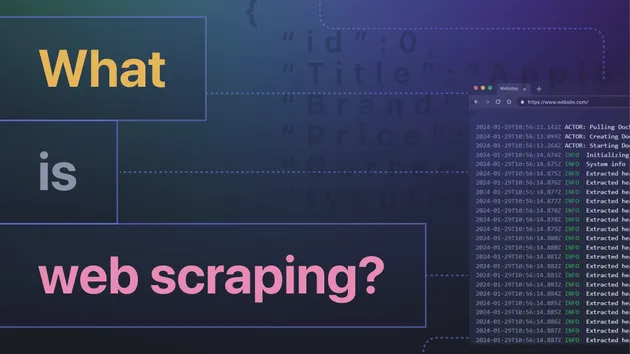Web Scraperr
Pricing
Pay per usage
Go to Store
Web Scraperr
Crawls arbitrary websites using a web browser and extracts structured data from web pages using a provided JavaScript function. The Actor supports both recursive crawling and lists of URLs, and automatically manages concurrency for maximum performance.
0.0 (0)
Pricing
Pay per usage
0
Total users
2
Monthly users
2
Runs succeeded
33%
Last modified
2 days ago
Dockerfile
# First, specify the base Docker image. You can read more about# the available images at https://sdk.apify.com/docs/guides/docker-images# You can also use any other image from Docker Hub.FROM apify/actor-node:16
# Second, copy just package.json and package-lock.json since those are the only# files that affect "npm install" in the next step, to speed up the build.COPY package*.json ./
# Install NPM packages, skip optional and development dependencies to# keep the image small. Avoid logging too much and print the dependency# tree for debuggingRUN npm --quiet set progress=false \ && npm install --only=prod --no-optional \ && echo "Installed NPM packages:" \ && (npm list || true) \ && echo "Node.js version:" \ && node --version \ && echo "NPM version:" \ && npm --version
# Next, copy the remaining files and directories with the source code.# Since we do this after NPM install, quick build will be really fast# for most source file changes.COPY . ./
# Optionally, specify how to launch the source code of your actor.# By default, Apify's base Docker images define the CMD instruction# that runs the Node.js source code using the command specified# in the "scripts.start" section of the package.json file.# In short, the instruction looks something like this:## CMD npm startmain.js
1// This is the main Node.js source code file of your actor.2// It is referenced from the "scripts" section of the package.json file.3
4const Apify = require('apify');5
6Apify.main(async () => {7 // Get input of the actor.8 // If you'd like to have your input checked and generate a user9 // interface for it, add INPUT_SCHEMA.json file to your actor.10 // For more information, see https://docs.apify.com/actors/development/input-schema11 const input = await Apify.getInput();12 console.log('Input:');13 console.dir(input);14
15 // Do something useful here...16
17 // Save output18 const output = {19 receivedInput: input,20 message: 'Hello sir!',21 };22 console.log('Output:');23 console.dir(output);24 await Apify.setValue('OUTPUT', output);25});package.json
{ "name": "my-actor", "version": "0.0.1", "dependencies": { "apify": "^2.2.2" }, "scripts": { "start": "node main.js" }, "author": "Me!"}




